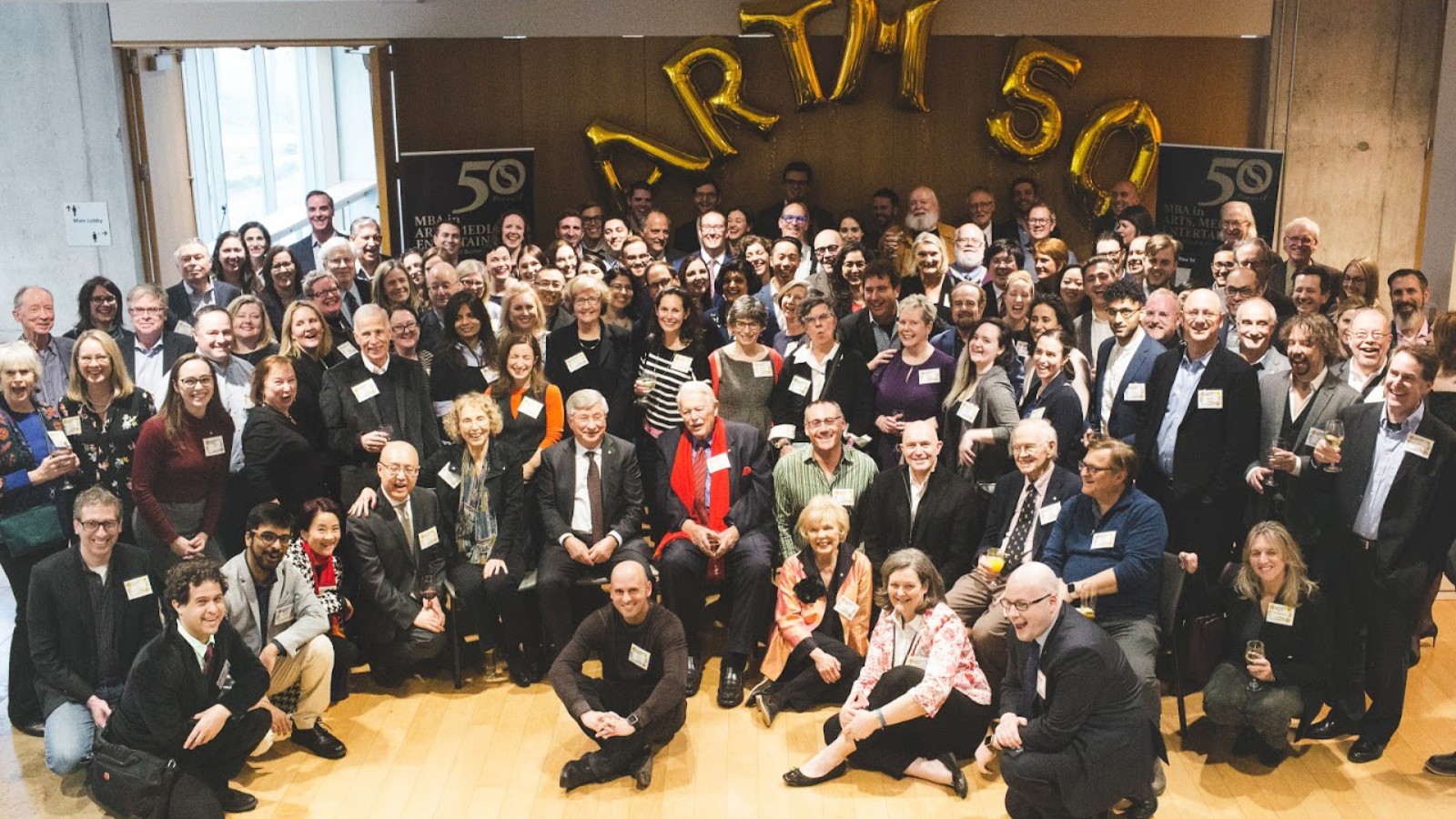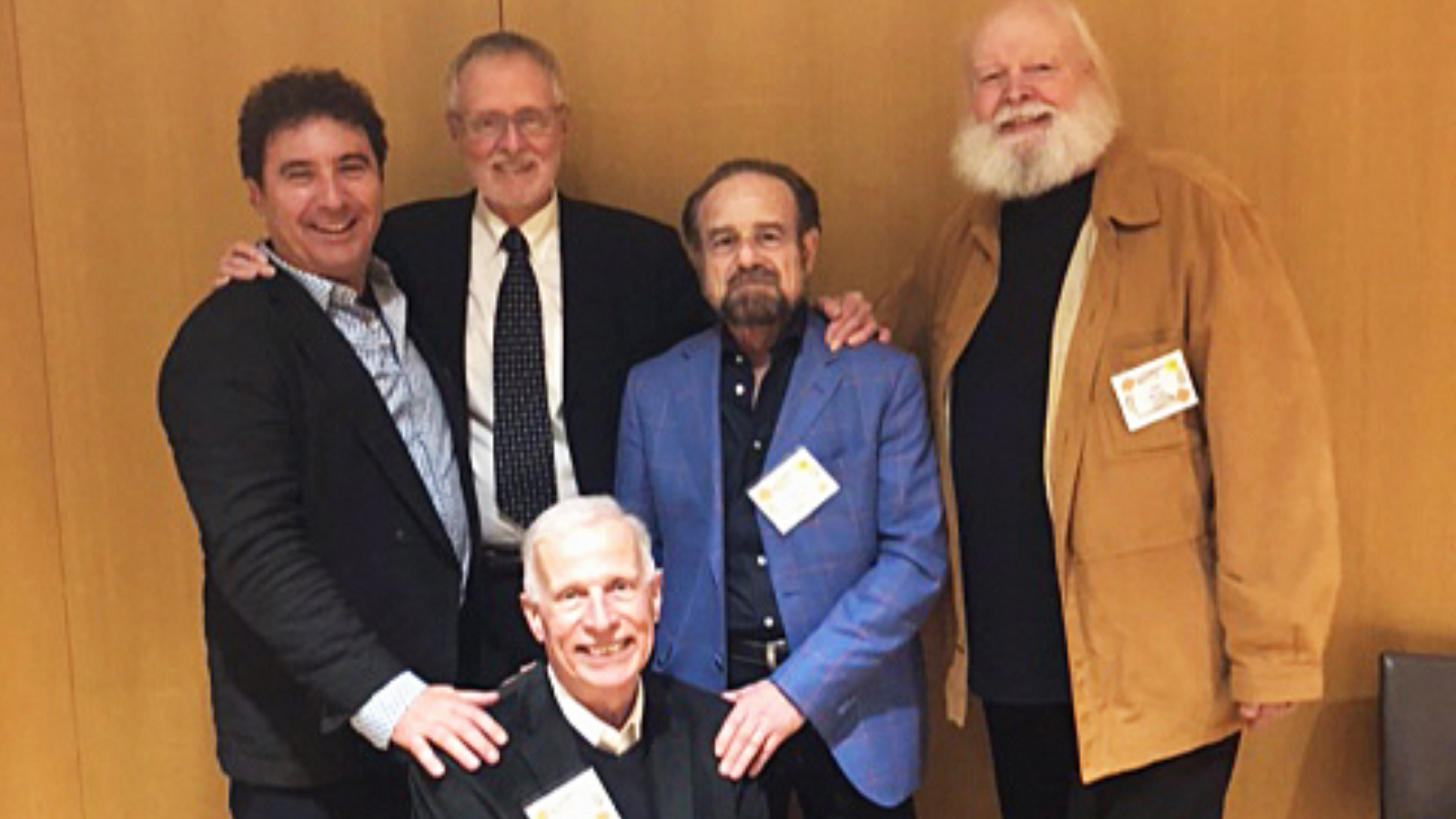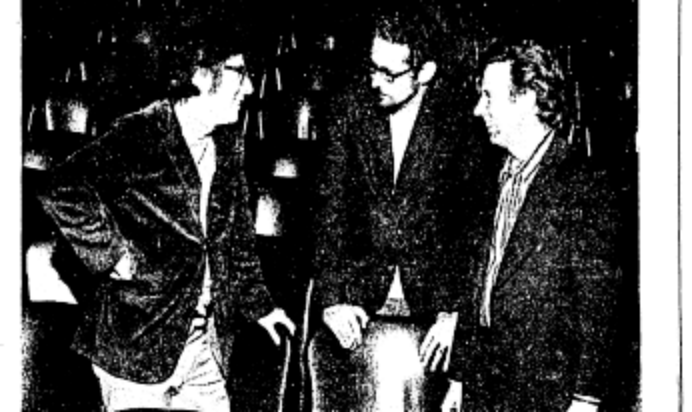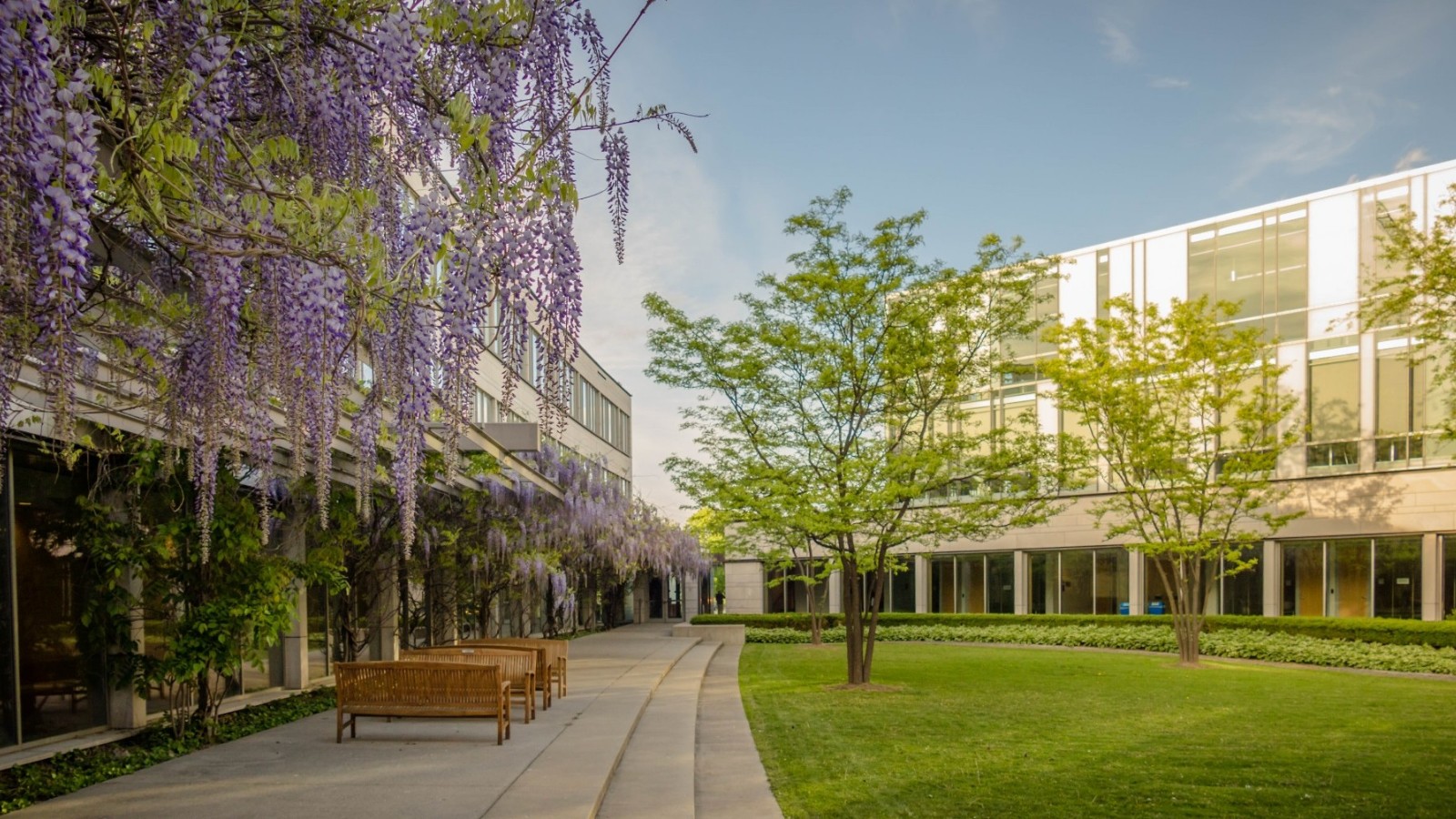2019-09-23
Series "Education"
Authors
D. Paul Schafer
is Founder and Director of the World Culture Project in Markham, Canada. He has worked in the arts and cultural field for more than five decades as an author, advisor, educator, administrator, and researcher on Canadian and international arts and cultural management, development, and policy with a particular focus on the concept, role, and importance of culture and cultures in global development and human affairs.
The MBA in Arts, Media & Entertainment Management at York University, Toronto
The World’s First Arts Management Program Celebrates its Fiftieth Anniversary

In April 2019, the Master of Business Administration in Arts, Media & Entertainment Management at the Schulich School of Business, York University, Toronto, Canada celebrated its 50th birthday. This MBA was the world's first comprehensive study program specializing in arts management and cultural policy, created at a time when this field was neither a recognised research discipline nor a specifically defined field of work. The program’s history therefore reflects the development of a whole sector.
Series "Education"
The 1960s & A Need for Professional Arts Management
The 1960s were exciting times to be involved in the arts in Canada. A new generation of artists was appearing on the scene, many innovative organizations were being created, and the arts in every area were developing rapidly. At the same time, there was a growing need for more and better trained arts administrators.
Four people came together in the late sixties to address this need. Working in close cooperation, they created the MBA Program in Arts Administration at York University. Three of these individuals were faculty members at York University: Jim Gillies was Dean of the Faculty of Administrative Studies; Brian Dixon was Professor of Marketing in the Faculty of Administrative Studies; and Joseph Green was Assistant Dean of the Faculty of Fine Arts. The fourth, Paul Schafer, the author of this article, was Assistant Director of the Ontario Arts Council and Director of the Council’s Centre for Arts Research in Education.
Each of these individuals had experience in the arts and their administration. Brian Dixon had been working with the Canadian Theatre Centre for many years on ways to improve arts administration and train theatre managers. Joe Green had been involved in similar undertakings at Temple University and in the theatre community. Paul Schafer had become increasingly concerned about the need to train arts managers through his work at the Ontario Arts Council, and Jim Gillies was experiencing this requirement first-hand as a board member of several arts organizations.
As these developments were taking place, the Ontario Arts Council was completing a comprehensive study of all aspects of theatre in Ontario and publishing its findings in a book entitled `The Awkward Stage’ published in 1968. One of the most important recommendations of the study was to create a "full-time, comprehensive and co-ordinated” program in arts administration at a university in Ontario. Jim Gillies, the Dean of the Faculty of Administrative Studies at York University, was chair of the Economics and Administrative Committee that made this recommendation.
Following publication of The Awkward Stage, Jim Gillies and Brian Dixon received a grant from the Ontario Arts Council to establish an advisory committee composed of authorities in arts administration and academic affairs to assess the feasibility of creating the proposed program at York University. The committee included professionals from the arts community and faculty members from York University, including the four later founders of the program.
Following intensive research and many interviews, as well as several meetings of the advisory committee, a recommendation was made to create a graduate Program in Arts Administration at York University. This was helpful in making the case to York University that a program of this type was badly needed in the arts community in Canada and had received confirmation from some of the country’s leading arts administrators. Jim Gillies, Brian Dixon, and Joe Green acted quickly to bring this program into existence. It commenced in 1969 in the Faculty of Administrative Studies - now the Schulich School of Business - and Brian Dixon was appointed its first director.
Creating a Study Concept
As the founding Dean of the Faculty of Administrative Studies, Jim Gillies had a well-known belief that there was a basic set of administrative principles and practices that were applicable to all organizations - profit, not-for-profit, public, and private. However, creating a program in "arts administration” as his first foray outside the "for-profit” sector in order to demonstrate this belief was a risky undertaking. Not only was arts administration deemed to be a very complicated and often volatile profession, but also this would be the first academic program of its type in the world. There was a great deal to prove, but also much to lose if it was not successful.
There were a few practical programs in existence at the time, but they were not academic or comprehensive in nature. The Arts Council of Great Britain, for instance, was providing short courses designed to assist practitioners in the field rather than train students in academic institutions. In the United States, Yale University was providing a course in theatre management for its drama students, Harvard was operating a summer institute for practising arts administrators based largely on the case method, and the University of Wisconsin had one student taking a Ph.D. in arts administration by combining existing courses in business and the arts with a thesis on an arts administrative topic.
The only program that was comparable to the York program at this time was starting up at UCLA. However, this program focused exclusively on arts administration, whereas the York program additionally focused on cultural policy. While cultural policy was an important subject in Canada at this time, cultural policy studies were virtually non-existent in the United States.
Since arts administration education was in its infancy in the late 1960s and early 1970s, the development of the York program was fraught with difficulties at the outset. There were no models to fall back on or prototypes to look to for guidance. Moreover, everything had to be created from scratch, including courses, reading materials, a library, research, promotional literature, and student recruitment.
Sourcing appropriate students was a real challenge in the early years because it was difficult to know where to find them. However, all of the students who enrolled in the program in the early years were very committed to this type of education. Moreover, they all went on to distinguish themselves in institutions such as the National Ballet of Canada, the Shaw Festival, Factory Lab Theatre, Ontario’s Ministry of Culture and Recreation, the Canada Council, and Statistics Canada, as well as the management of artists and working in the film industry. This gave the program a real boost when it needed it most.
Obstacles to the Creation of a New Field
Surprisingly perhaps today, there was a great deal of resistance to the program at the beginning. In some cases, people thought arts administrators were born and not made, and therefore could not be trained in academic institutions. In other cases, people felt arts administration was very different than business administration and students would be taught by professors who were unfamiliar with the complexities, intricacies, and realities of the arts and their administration. In addition, the program was housed in the Faculty of Administrative Studies rather than the Faculty of Fine Arts, and students graduating from the program received a Master of Business Administration (MBA) with a concentration in arts administration, not a Master of Arts Administration.
Concerns like this had to be taken seriously because the success of the program depended on its graduates being accepted and finding jobs in the field. Therefore, the program was designed from the very beginning to provide students with practical experience in arts organizations as well as academic studies at the university, thereby ensuring that they were exposed to the concrete realities and practical problems facing artists, arts administrators, and the arts. As a result, internships in arts organizations between the first and second years were made compulsory for all students enrolled in the program.
There was also the problem of creating special "core courses” that all arts administrative students would be required to take in addition to business courses such as finance, accounting, quantitative methods, and organizational behaviour. These core courses were Marketing the Arts, Legal Aspects of the Arts, Management of Cultural Resources, and Canadian and International Cultural Policy.
Establishing Basic Research
While lack of suitable reading materials was a perpetual problem, research fared much better. Thanks to a grant of $40,000 from the Donner Canadian Foundation, the program undertook a number of important research studies in 1973, including a Report on Cultural Funding Patterns in Canada by Frank Pasquill and Joan Horsman, and a Study on the Diffusion of the Performing and Exhibiting Arts in Canada by Susan Crean. A third study - International Cultural Policy by Vijay Jain - was not published but was very useful in the program because interest in cultural policy was gaining traction in Canada and Europe at the time. Yet another study - Subsidy Patterns for the Performing Arts in Canada - was conducted by Frank Pasquill as a result of a commission received from the Canada Council.
All these studies served a valuable purpose in the core courses as well as in the field. Not only did they contain a great deal of contemporary information on the funding of the arts in Canada at the municipal, provincial, and national level, but they also revealed how the arts were evolving across the country in response to outreach opportunities and touring possibilities, as well as how other countries were creating and developing cultural policies.
Maximum use was made of outstanding arts managers and policy-makers from the sector. They were brought to the university to give lectures, seminars, and workshops, as well as to provide the short-term courses initiated by Brian Dixon in marketing, management, and financial affairs for professionals working in arts organizations. This integration of experts from the sector into the program in general and the core courses in particular helped to strengthen the bond between the program and the arts community in Canada.
Impact on the International Arts Management Landscape
In 1973, the program hosted a meeting at the Ontario Arts Council for representatives from Harvard, UCLA, Yale, and the newly-established Museums Studies Program at the University of Toronto to discuss the training of arts administrators. It proved to be the forerunner of the North America Assembly of Arts Administrative Educators created years later, now the Association of Arts Administration Educators.
In 1974, the program published the first Selective Bibliography of Canadian and International Readings in Arts Administration and Cultural Development’ by Joan Horsman, an administrative assistant and researcher in the program, and several students. It was well received in the field and, years later, provided the input and impetus that were needed to compile and produce much more comprehensive printed and electronic bibliographies on arts and media administration as well as cultural policy in the country.
In Retrospect
Looking back on these developments and others, it is clear that the practice of arts administration and the creation of arts and cultural policies has been enhanced by the creation and seminal contributions of the York program. It is estimated that there are now more than three hundred programs in arts administration in existence at the undergraduate, graduate, and extension level in colleges and universities in various parts of the world. Many of these programs have an arts management and a cultural policy component much like the York program. Some also have a media and an entertainment component. The Program in Arts Administration at York has been progressively expanded over the years to become today’s MBA Program in Arts, Media & Entertainment Management. This has been necessary to remain up-to-date with new emerging trends and environmental realities, as well as responsive to the needs of this dynamic, exciting, and very important field.
And what can be said about the risk taken by Jim Gillies and his colleagues in 1969? Surely this: Not only did it help to pave the way for the creation of many innovative programs and activities in the Faculty of Administrative Studies (now the Schulich School of Business) since that time, but also it led to the fiftieth anniversary celebration of the creation of the MBA Program in Arts Administration, enjoyed by 150 students and faculty members on April 15, 2019. This augurs well for the management of the arts, the media, and entertainment in their diverse aspects and dimensions, as well as for the creation and development of cultural policies in Canada and other parts of the world in the years and decades ahead.





There are no comments for this content yet.
similar content

